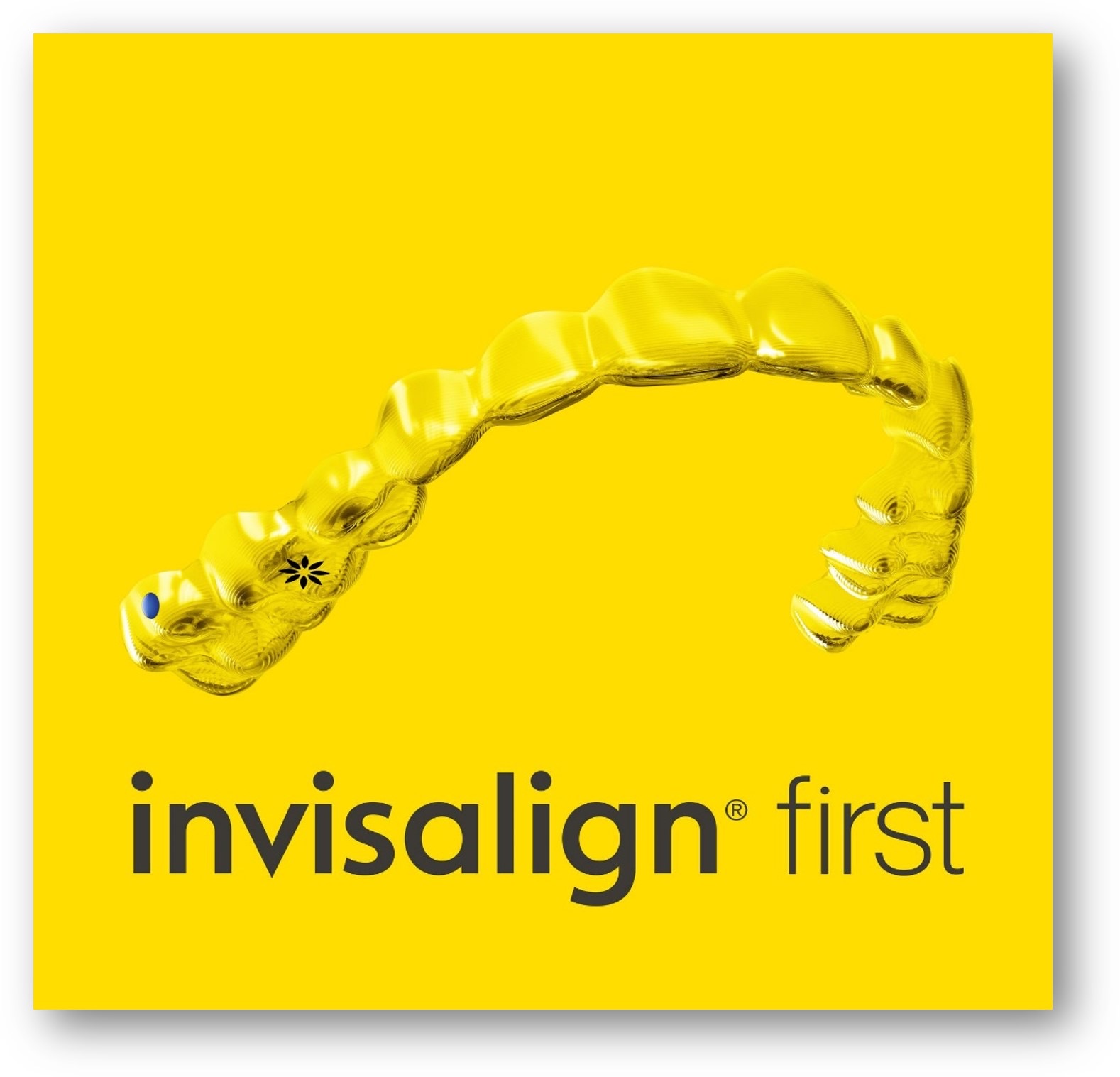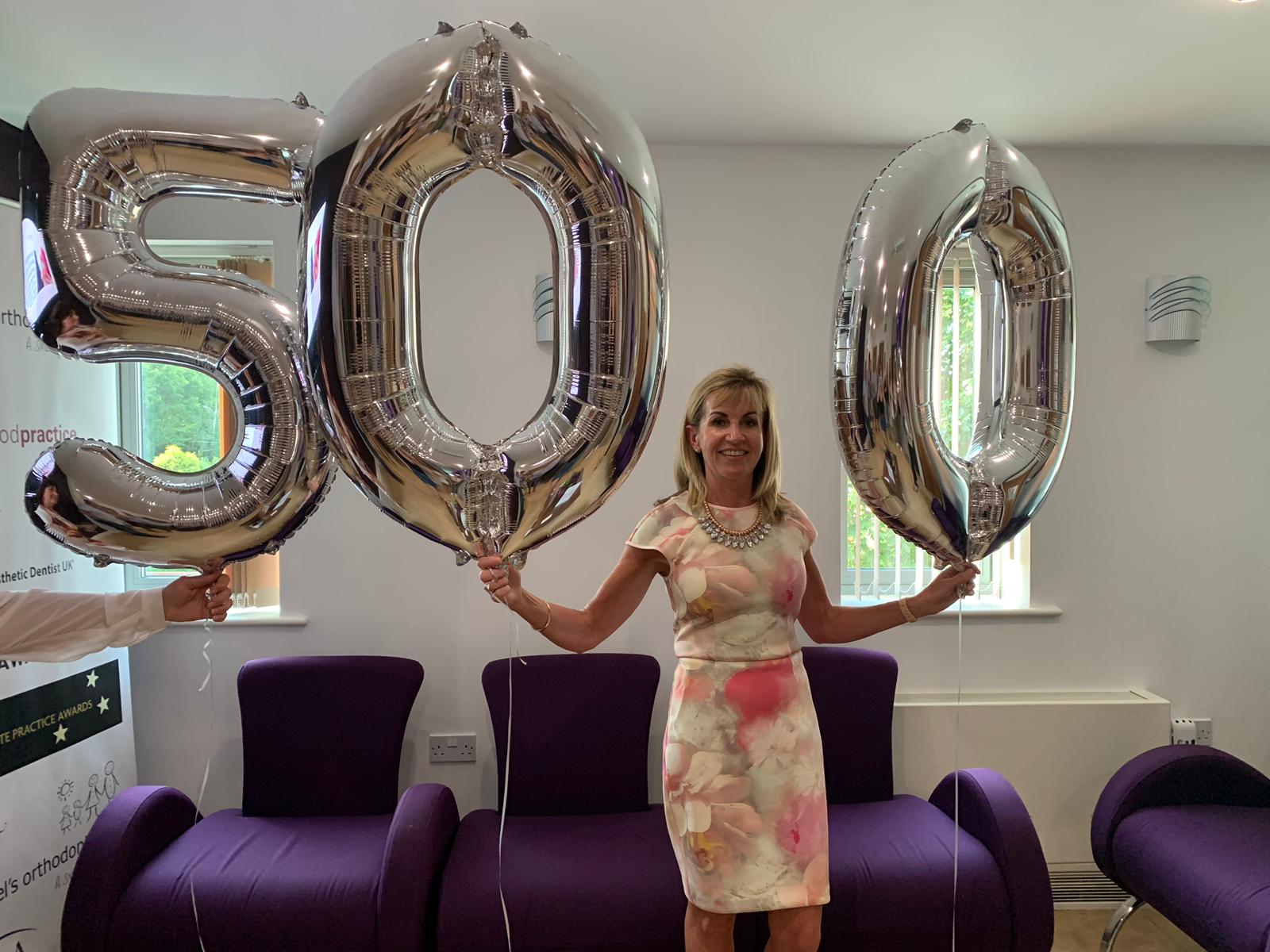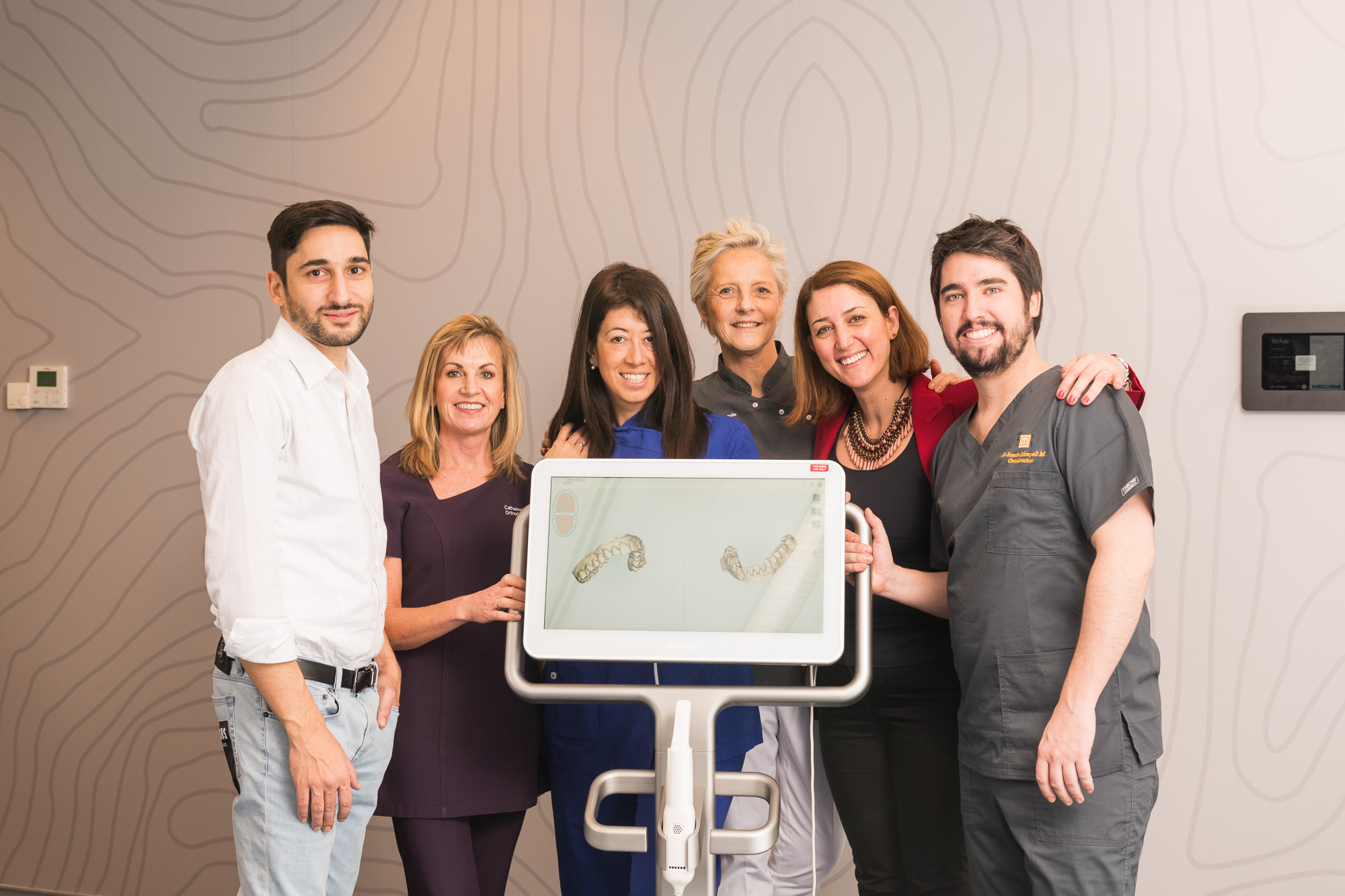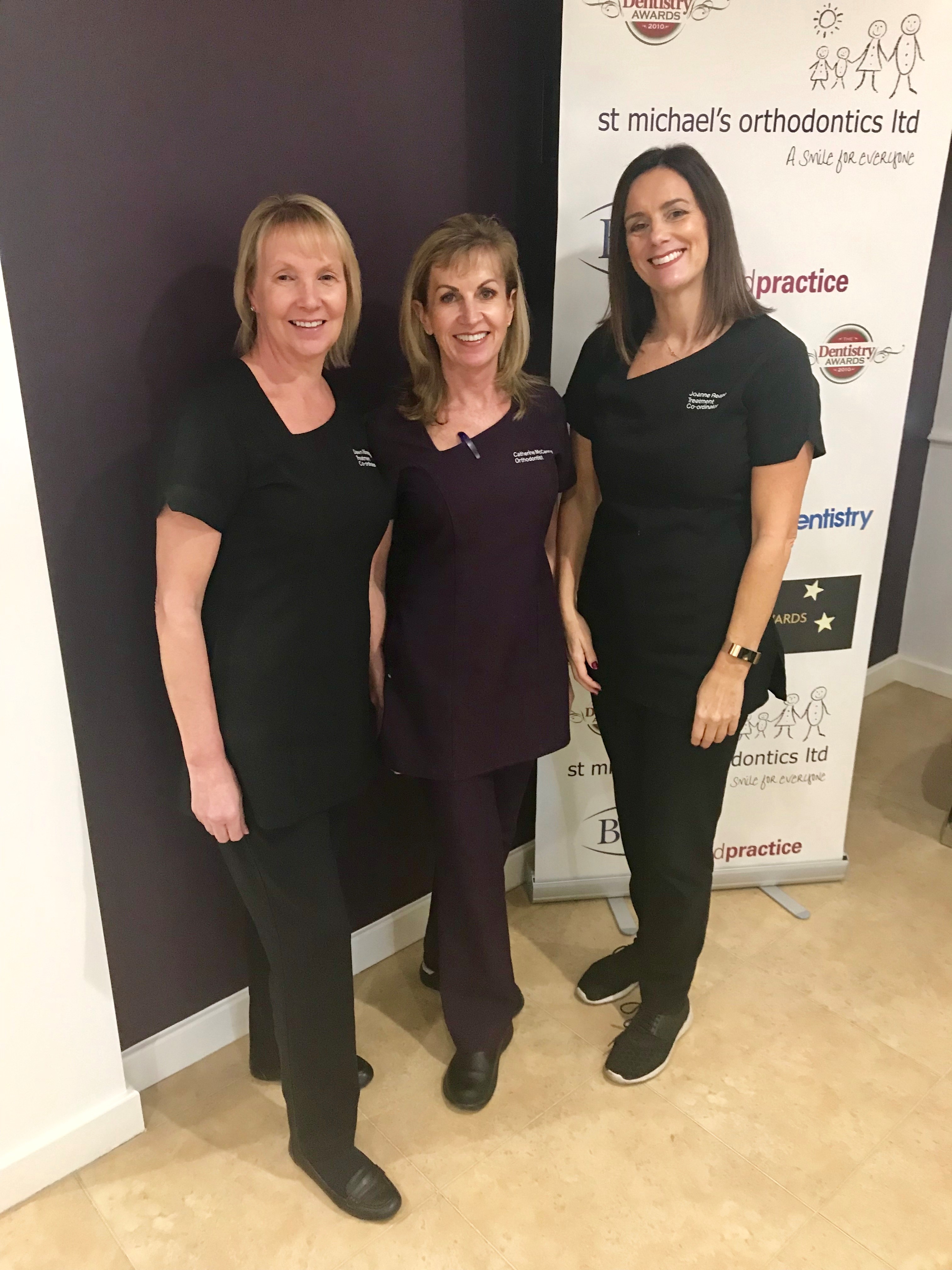Catherine McCanny was one of the first UK orthodontists to see the potential in a life – changing treatment when it was launched in the UK over 12 years ago. She has been so successful in integrating it into her practice, that she was invited to launch a European learning initiative. Catherine explains how it has changed her career and the lives of 100s of patients and how digital technology is helping her create a positive experience for both her and her patients.
INSPIRED to become an orthodontist because of her own childhood with mis-aligned teeth, Catherine McCanny, was always on the lookout for ways to improve patient treatment. When invisible braces were launched over 12 years ago, she was an early adopter.
One of only a small number of UK specialist orthodontists willing to try them, she could see how they would improve patient experience and results for people who struggled with uncomfortable and unsightly metal braces.
“Many people would abandon metal braces because you couldn’t take them out to clean properly or they were just too uncomfortable,” she said. “Invisalign changed all that, but in the early days it was quite limited in what it could do.
But Catherine’s patience was rewarded as the US company, which developed them, has constantly innovated to improve their use and she can now treat much more complex cases with aligners. Recently she was asked to be the UK representative, alongside 4 other European orthodontists to co-author the Invisalign practice development cookbook, sharing recipes of success in how to grow an Invisalign practice.
Catherine, who founded St Michaels Orthodontic Practice in Wakefield, spent a weekend during the winter months filming a video to support the ‘cook-book’, sharing hints and tips of how to integrate Invisalign and digital technology into an orthodontic practice.
To launch the practice development initiative, Catherine was asked to do a webinar to the top 50 Invisalign speakers in Europe, The Middle East and Africa. She is presenting the ‘cookbook’ to a UK audience and the Invisalign team next week at a Masterclass in Birmingham, held at the Invisalign Headquarters.

“I was invited to take part in this project as I had grown from a very low provider of Invisalign treatments to one of the top providers in the UK. I feel I can genuinely share my concerns and experiences (good and bad) and give confidence to other orthodontists to take the leap of faith into digital orthodontics. Digital technology is moving at such a rapid rate, I felt that if I didn’t get on board with it, that I would be left behind.”
“It seemed a bit surreal that I was sitting in at a computer in my practice in Wakefield sharing my ideas with orthodontists in different parts of the world-again highlighting how technology has changed our lives.”
The practice development book and videos cover five key subjects including; The patient journey from phone call to completion of treatment; Going Digital; Integrating Staff; Pricing and Framing Treatment Choice and Patient Communication.
“The US company knows that it has developed a lot of clinical support to help orthodontists but they felt that they were not always giving the practical support needed to introduce aligners into an orthodontic practice.
“Many who have spent decades using metal braces are nervous about trying something different. The challenge is to overcome their fears. For me, it was a no brainer in that could give the same or better results with Invisalign than with fixed braces but with a whole better patient experience,” she added.
“The product has improved so much since I first started using it due to the innovative nature of the company. Every year they introduce something new and better and are constantly looking at ways to improve the outcome for practitioners. An i-Tero scanner offers patients a more comfortable experience that taking impressions. The fact that the patients can see how their teeth can look at the end of their treatment, at the touch of a button, is exciting for the patient but also allows the orthodontist to manage patient expectations and explain in more detail the outcome they are trying to achieve.
For Catherine invisible braces have made a massive difference to her own practice. I have seen a massive growth in the demand for invisible aligners, particularly in the teen market. I feel this is largely due the popularity of ‘selfies’ but also that young people nowadays have such hectic lives whether it be sports or playing musical instruments, aligners just fit into their lifestyles better and the whole experience is such a positive one.
“ We have additional digital technology coming to St Michaels which will allow patients to scan their teeth every week in the comfort of their home and the orthodontist can give advice on when to change their aligners etc. This will reduce the amount of time having to attend appointments, which as a very busy person myself can only be a huge advantage”
About St Michaels Orthodontics:
- St Michael’s Orthodontics – a team of skilled orthodontists led by Catherine McCanny – is based on Dewsbury Road, Wakefield.
- Dr Catherine McCanny has achieved Invisalign Platinum Elite Standard for both the quality of her work and the number of treatments she has performed
- Having graduated from Dental School at Queen’s University, Belfast in 1988, Catherine commenced her specialist training in Orthodontics at Leeds Dental Institute in 1993. She then teamed up with her now-husband, Joe, to build and develop St Michael’s Dental Practice and St Michael’s Orthodontics Ltd, which opened in 1998.
- In 2015 St Michaels Orthodontics won three awards at the Aesthetic Dentistry Awards including ‘Best Team’.
- For more information about St Michael’s Orthodontics, please go to http://www.stmichaelsorthodontics.co.uk
- Press Contact
- Press release issued by Carmel Harrison PR. For further information, please contact Carmel Hall on 07714 708 271. Alternatively, emailcarmel@carmelharrisonpr.com











